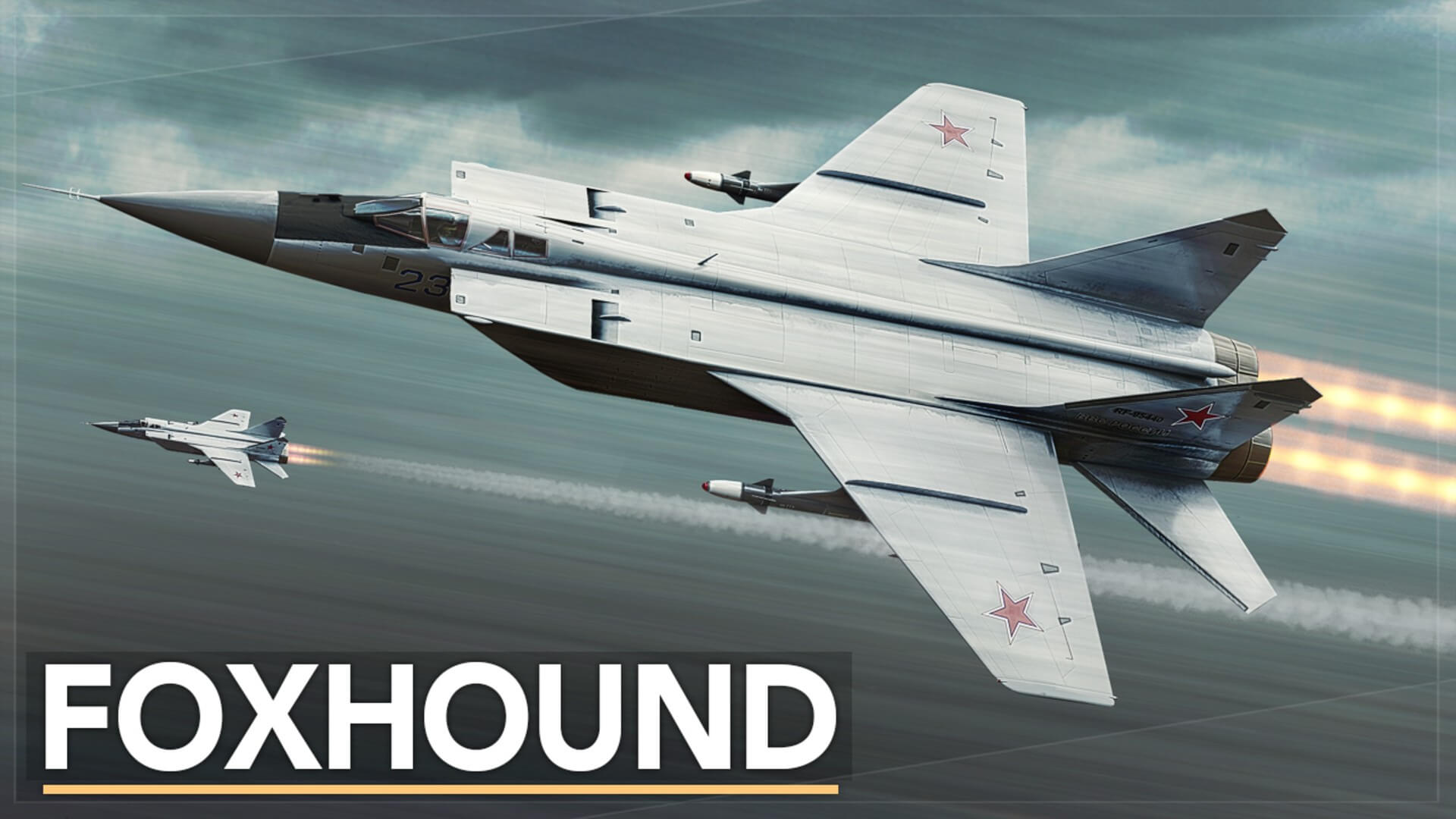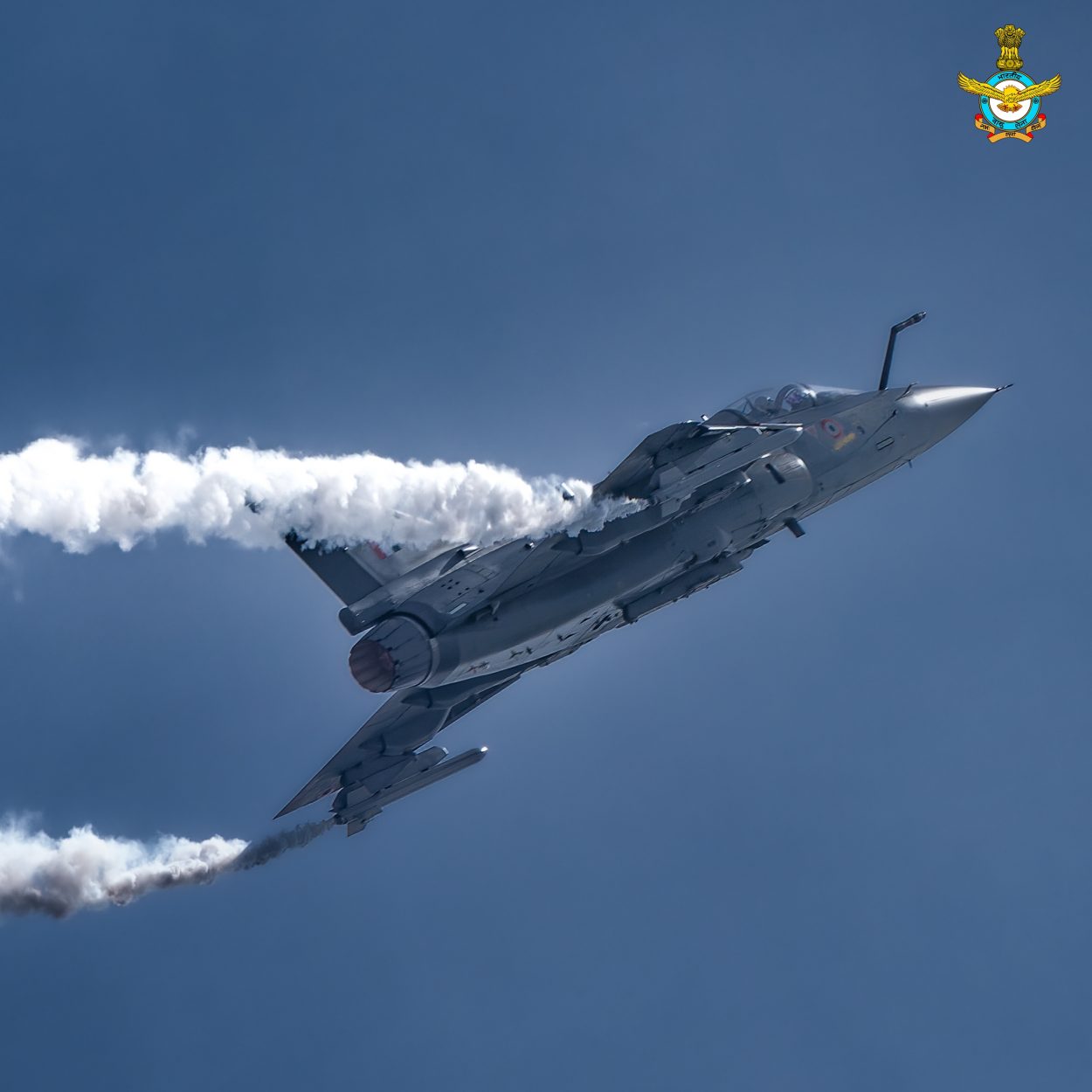If the latest press reports are anything to go by, the final contours of the theaterisation plans (two land-centric theatres, an air defense command, and a maritime theatre command), which seek to integrate the Army, Navy, and Indian Air Force and their resources into specific theatre commands, have been drawn up. The plans will be put into shape shortly.
But then, of the three services, the Indian Air Force (IAF) has been apprehensive about the proposed theaterisation.
IAF Chief, Chief Marshal Vivek Ram Chaudhari, has been on record to have questioned what he says, “the methodology and the kind of structures that need to be future-ready” while supporting in principle the need for “the integration process.”
He said, “Each service has a doctrine. The doctrinal aspects of the IAF should not be compromised in any way by the new structures.”
On the eve of the Air Force Day in October, he had argued that while no single service can win wars on its own and “this holds good even for the future,” the air power has the “unique capability” of undertaking independent strategic operations as well as operations coordinated with sister services.
Chaudhari’s essential point is that the IAF has updated its doctrine, according to which it is not the Air Force but the “Aerospace Force.” He said, “We see space as a natural extension of the air medium, and we understand the need to exploit this domain…Space-based assets significantly enhance the potency of air power. Therefore, our strategy is to fully integrate our air and space capabilities to have a common picture of the aerospace medium and to enable optimum force application…..Traditionally, wars were fought on land, sea, and in air. Newer domains like cyber and space are increasingly affecting operations, even in the traditional realms …..To absorb these changes, the IAF is on the path of transformation so that we can fight and win tomorrow’s wars.”
To put it differently, the Air Chief is worried that in the name of jointness, the decision-making chains from the existing levels should not be altered in the space and cyber domains.
However, strictly speaking, India still has an Air Force, not an Aerospace Force. India’s closest Aerospace Force is the Defence Space Agency (DSA), which was created in 2019 by integrating space assets from the army, navy, and air force.
It took over the then-existing Defense Imagery Processing and Analysis Centre and the Defence Satellite Control Centre. It reportedly has a staff of some 200 officers drawn from the three services, commanded by an air force officer.
Its primary focus is “on using communications and reconnaissance satellites to integrate intelligence and fires across the range of Indian military assets, indicating a firm understanding of the necessity of access to space.”
However, the DSA is still a work in progress. It is yet to become fully operational. It is to be located in Delhi and should work closely with the Defense Research Development Organization (DRDO) and ISRO to integrate military assets, surveillance platforms such as the AWACS and AEW&C, and commercial and military satellites for intelligence sharing across all three services.
The US created one in 2019. The space force became a new military branch to protect the nation’s satellites and other space assets, vital to everything from national security to day-to-day communications.
The United Kingdom, France, Germany, Canada, and Japan have followed suit. China’s “Strategic Support Force,” established in 2015, takes care of its space assets.
And Russia 2015 has dedicated “Russian Aerospace Forces.” Most of these countries have ASAT (Anti-satellite weapons) designed to incapacitate or destroy satellites for strategic military purposes.

Experts increasingly realize that a modern air force does need space assets to support it. All told, air (atmosphere) and space (where there is no air) are a continuum of the same medium: the vertical medium. As one goes higher, only the characteristics of the medium change (even within the atmosphere where the density of air keeps changing) with altitude and not its basic form and intrinsic quality.
This reality bestows upon air power and space (in other words, aerospace) the unique quality that can influence and control the surface forces by itself, its resources, capabilities, and systems, but the reverse is not true.
In other words, surface forces cannot influence and control aerospace power except possibly in minimal terminal defenses. The vertical medium bestows aerospace a unique strategic capability and advantage for war-winning compared to the other medium in which land and naval forces operate.
Air Force veterans have got the point when they argue that while the land and naval forces were historically the prime expression of a country’s military power (the ultimate instrument of the state), the growth of aerospace power has altered that.
Secondly, the exploitation of space capabilities has become as critical for national security and defense as air power. If a country without air power is highly vulnerable to one with it, the same is true with Space capabilities.
The dynamics that govern the employment of air power are equally applicable to space: defensive capabilities, offensive capabilities, deterrence, etc. As with air forces operating at low levels needing to alter their abilities and tactics if required to use at high altitudes, the same is the case with operations in space.
Once space began to be exploited for military purposes after the 1957 Soviet Sputnik launch, the US and USSR built capabilities and assets on the same principles as air power.
After all, satellites are vital to modern warfare as they are a crucial communication link for ground, sea, and airborne assets, requiring sufficient data for voice and communication.
Thirdly, there is now a third component of aerospace power in a country. And that is the economic/scientific one. The current size of the global space economy stands at about $500 billion. However, India accounts for only about 2% of the space economy, with the potential to capture 9% of the global market share by 2030.
And here comes the role of the IAF in safeguarding the space economy. With the increasing private sector activities in space, such as the launching of commercial satellites, the introduction of ‘space tourism,’ asteroid mining of minerals, and a range of other fascinating stuff, these space assets of the country need protection from the enemy forces.
All told, contrary to the conventional wisdom, the aerospace power of the IAF will protect the space tools like satellites that are used by the Indian Space Research Organization (ISRO), civilian in nature, to augment the country’s economic and scientific power. And this will be possible when there is the capacity to destroy the adversary’s space weapons based in space, air, land, and water.
Instead of being a frontier now, space complements airpower in numerous missions as an enabler. That is why analysts say that air and space should be complementary components of defense to compensate for each other’s inadequacies in maintaining surveillance of the vertical dimension and in countering threats from systems like ballistic missiles that transit and maneuver through air and space. They must be integrated so that air and space’s diverse yet potent elements are networked adequately.
It may be noted that in October 2021, Prime Minister Narendra Modi launched the Indian Space Association (ISpA) – the premier industry association of space and satellite companies.
ISpA aims to contribute to the government’s vision of making India “Atmanirbhar” (self-reliant) and a global leader in the space arena, which is fast emerging as the next growth frontier for mankind. The association is supposed to engage with stakeholders across the ecosystem to formulate an enabling policy framework that will also work towards building global linkages for the Indian space industry to bring in critical technology and investments.
Its founding members include Bharti Airtel, Larson & Toubro, Nelco (Tata Group), OneWeb, Mapmyindia, Walchandnagar Industries, and Alpha Design Technologies. Other core members include Godrej, Hughes India, Ananth Technology Limited, Azista-BST Aerospace Private Limited, BEL, Centum Electronics, and Maxar India.
Incidentally, way back in the 1990s, soon after the first Gulf War, Parliament’s Standing Committee on Defence had given a bipartisan recommendation to establish an aerospace command on priority to ensure the utilization of for national development and security.

But, the IAF had taken the initiative to set up a Space Application Directorate at Air HQ as early as 1981. In those years, the only space capability sanctioned for the IAF was satellite-based communication for one mobile Tactical Air Centre attached to the army’s Strike Corps!
Ironically, however, when the bipartisan political Standing Committee was arguing for setting up an Aerospace Command in IAF, the Space Application Centre in Air HQ was dissolved!
India’s Ministry of Defense (MoD) was not particularly enthusiastic about creating space capabilities as India is opposed to weaponizing space. There has been a continuing debate in the international community about the militarization and weaponization of space. But there has been no fundamental understanding of what each of these terms would imply.
For instance, there is the Outer Space Treaty; but that has been the subject of diplomatic wrangles over the precise definition of space weapons other than nuclear weapons. Besides, there has been no transparency on the part of major world powers in keeping outer space free from military activities, with the result that one hears concepts like “Star Wars” (Strategic Defence Initiative) by the US and anti-satellites (ASAT) by Russia.
In any case, it is a fact that the US and its allies have used space resources extensively in fighting recent wars in Iraq and Afghanistan.
Space started militarizing almost immediately after the Sputnik launch in 1957, and that too at a fast pace. The Western powers are now moving away from any definition of weaponization and militarization.
They are focusing on a “code of conduct” for space security which will (like the NSG, Australia Group, Wassenaar Arrangement, etc.) tie down the hands of developing countries with a restrictive regime like the non-proliferation regime that has slowed India’s industrialization by years if not decades.
However, it did not mean that India had never previously dedicated satellites for military purposes. India created an “Integrated Space Cell” in June 2008 under the command of the Integrated Defence Services Headquarters, with the responsibility to coordinate the activities of ISRO and the Indian Armed forces.
And, by 2017, India reportedly had some 14 satellites being used for surveillance purposes. This number must have gone up by now, with the country developing ASAT (Anti-satellite) capability.
Besides, India’s National Technical Research Organization (NTRO), which is controlled by the Research and Analysis Wing, India’s premier intelligence agency, makes extensive use of IRS (Indian Remote Satellites), RISAT (Radar Imaging Satellites), and CARTOSAT (optical earth observation satellites) data to aid in building a comprehensive intelligence picture.
And that explains why IAF veterans have favored a speedy establishment of the Aerospace Command and making it functional as early as possible.
The IAF realized this very well by publishing the 2012 “Basic Doctrine of the Indian Air Force 2012.” In it, the IAF repeatedly mentioned “air and space power.” The doctrine was not talking of “air power” in isolation of “space power”; it talked of “aerospace power.”
The IAF seems very proud of this doctrine and fears the proposed theater commands will dilute it. Therefore, if the IAF sticks to its reservations and there are no early resolutions, the proposed theatre commands will take more time to be realized than what the government visualizes.
- Author and veteran journalist Prakash Nanda has been commenting on politics, foreign policy, on strategic affairs for nearly three decades. A former National Fellow of the Indian Council for Historical Research and recipient of the Seoul Peace Prize Scholarship, he is also a Distinguished Fellow at the Institute of Peace and Conflict Studies.
- CONTACT: prakash.nanda (at) hotmail.com
- Follow EurAsian Times on Google News




